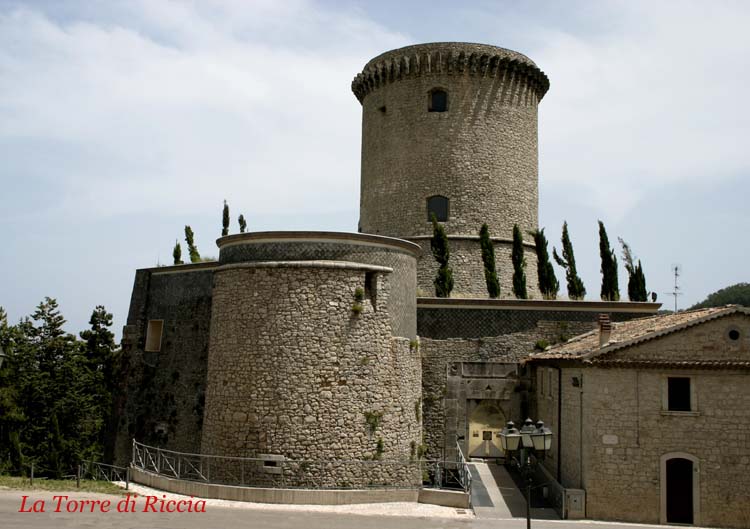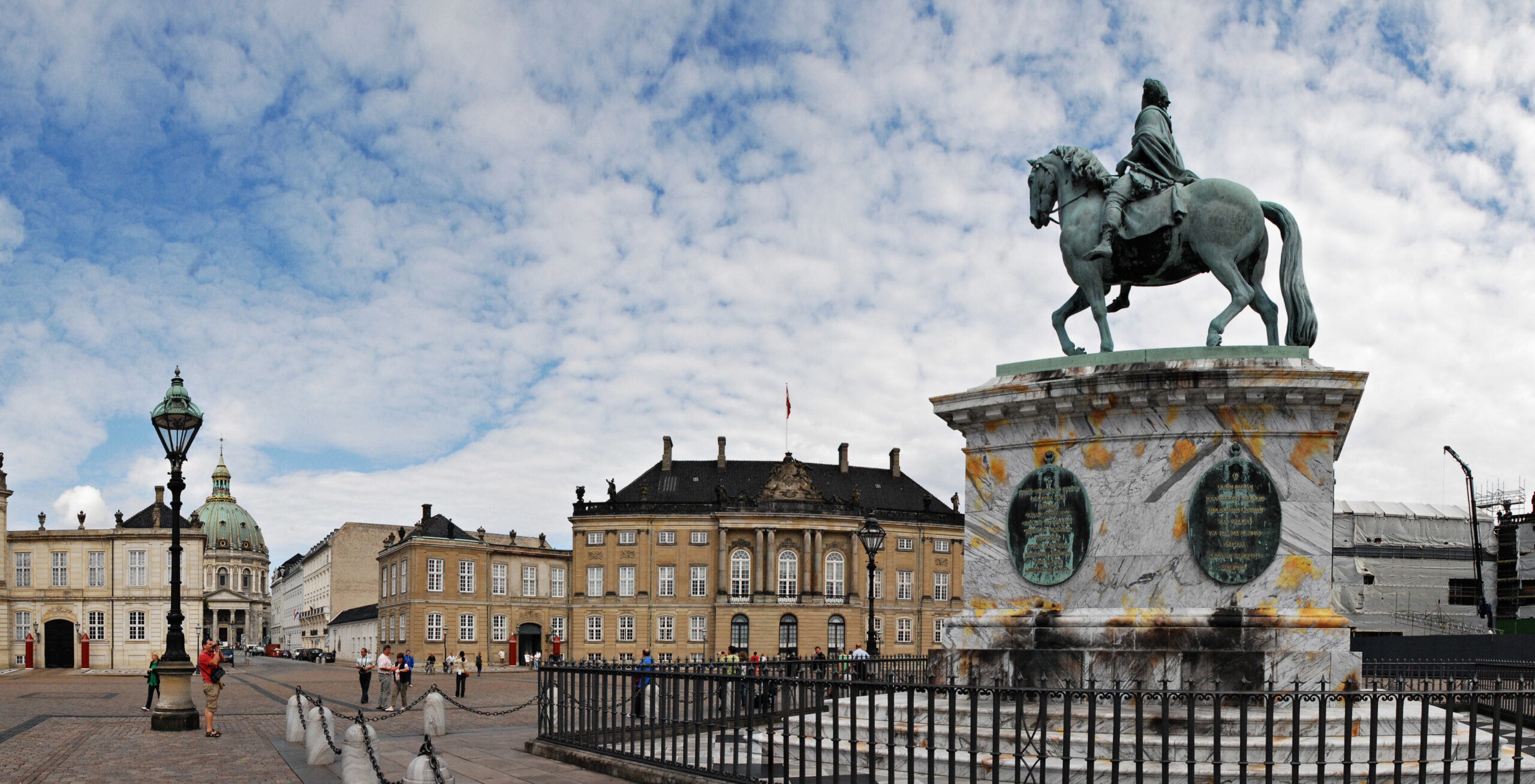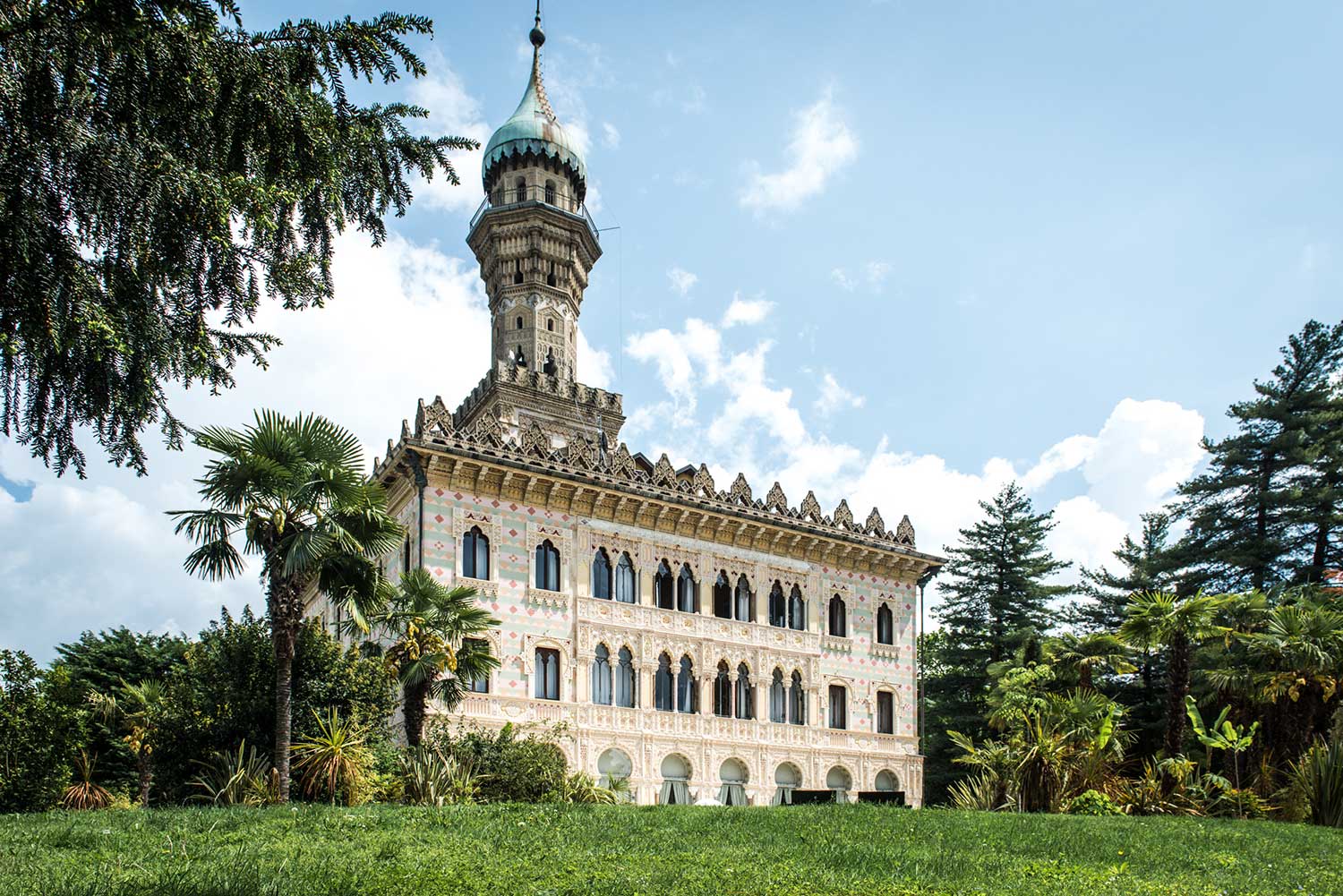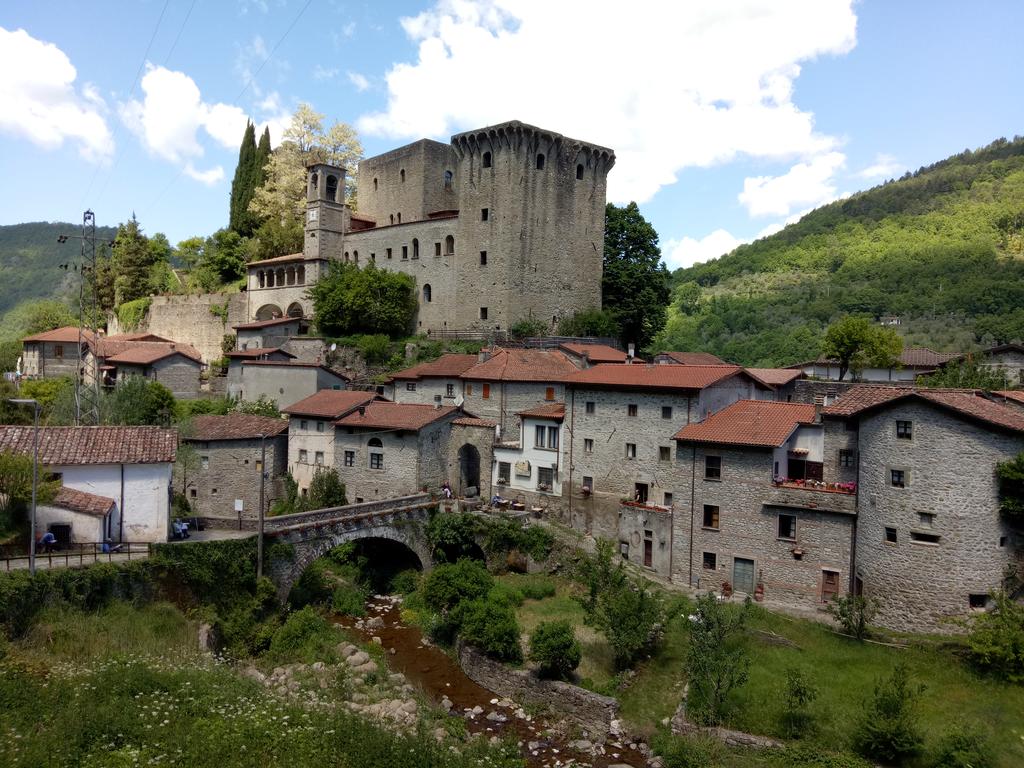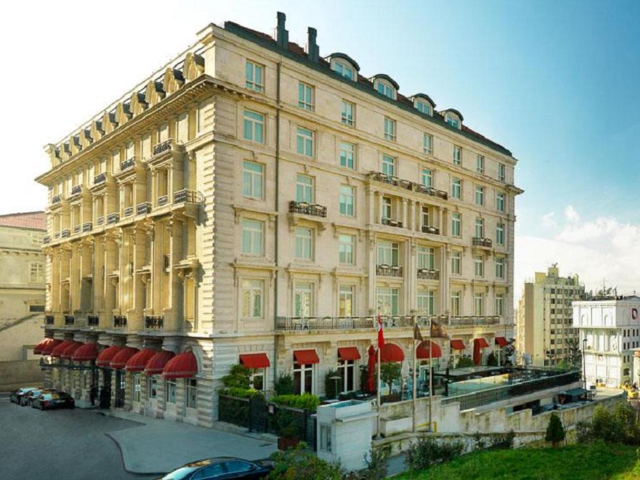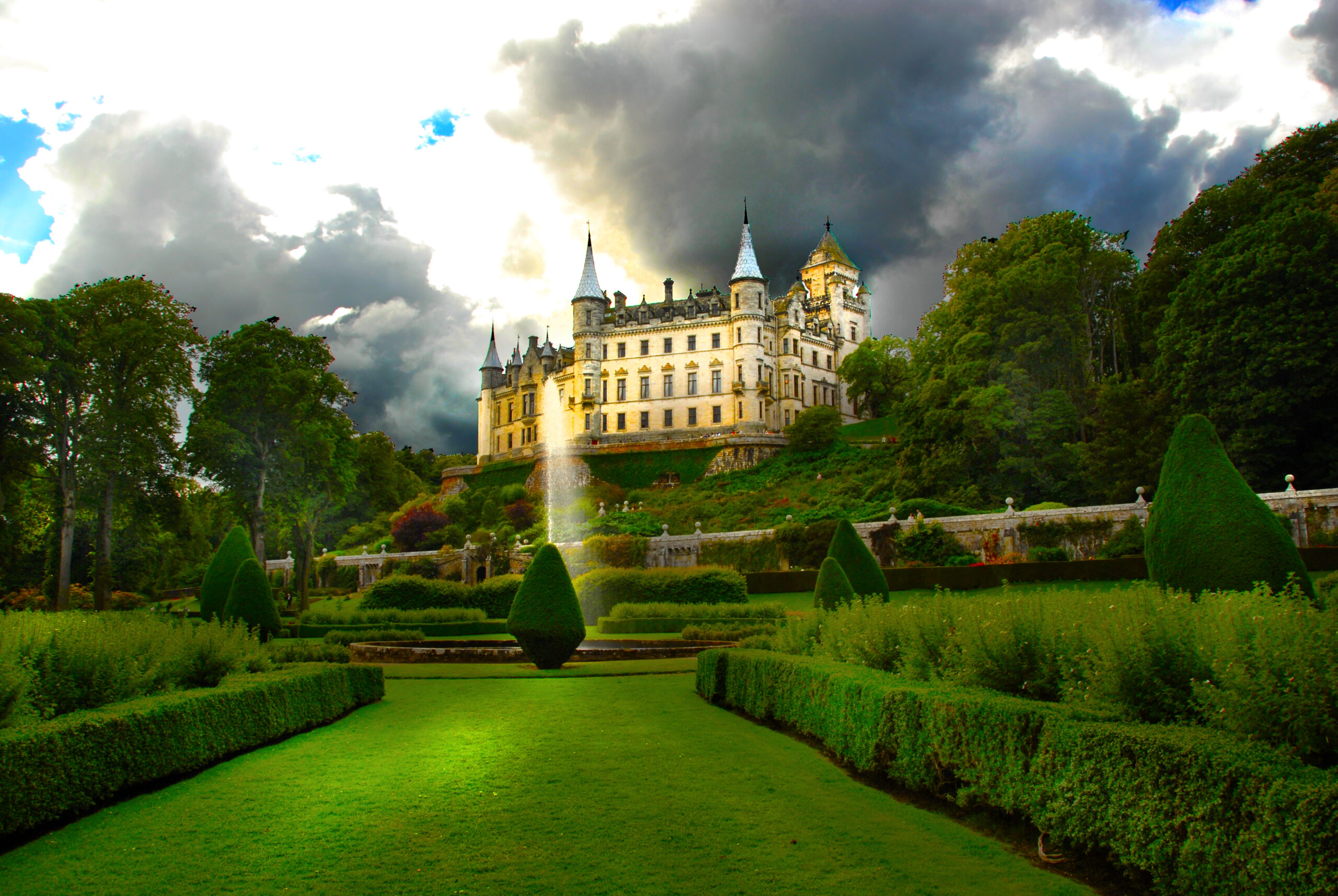The Castle, recently restored in the parts that are still visible today and that represented the parts for military use, rises on the edge of a rocky precipice. Almost twenty metres high, it has a cylindrical plan and preserves a crown of stone corbels on the top. The entrance portal, clearly visible, still bears the inscription with the name of Bartolomeo on the upper slab and the two coats of arms, although partly illegible.
Inside there are three overlapping rooms, today connected by spiral staircases, each with a square window. The entrance is reached by a short iron staircase. Particular is the water tank, dug entirely into the rock under the tower, in the deepest part of which are preserved the remains of the prison with its torture chambers. Next to the main tower there is also a secondary tower, to defend the entrance and the drawbridge.
The main tower had the function of lookout, given its dominant position over the valley, and was the main tower of the castle belonged to the di Capua.
There are no certain dates on the construction of the castle of Riccia, but almost certainly the building dates back, like many other defensive settlements in Molise, to the Lombard period. The first works carried out on the fortress date back to 1285 and were commissioned by Bartolomeo di Capua, an Angevin feudal lord; in 1515 instead the castle was renovated by Prince Bartolomeo III di Capua.
The residential areas have been the most plundered since the XIX century, in order to reuse several architectural elements in the nearby houses of the town. The residence of the princes must have been very comfortable and widely decorated, especially after the Renaissance period. A rich library, frescoed rooms, valuable furniture and period ceramics. All embellished with expensive fabrics, valuable paintings and fireplaces with carved local stone slabs.
Another element that testifies to the great accuracy in the definition of details, among other things unusual in the context of a building intended for military use, is the trunk that opens towards Piano della Corte, in the southern tower, refined by decorations present in the two ashlars that make up the side jambs. The reconstruction of the interior is provided by the historian Amorosa, since the castle was the object of the destructive hatred of the population of Riccione in 1799, without being rebuilt.
